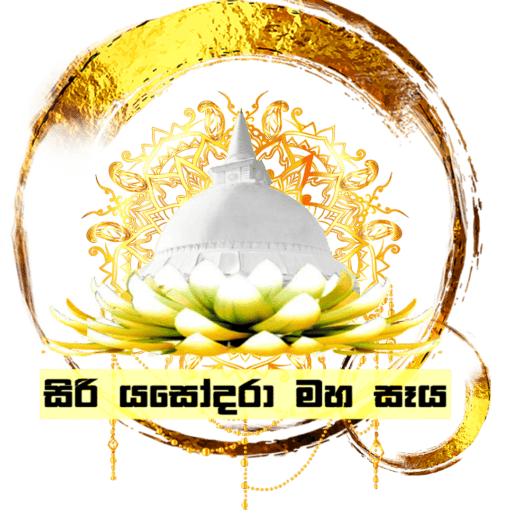Sujātā, the Noble Lady of Senani
Past Aspirations
Then, Sujǎtǎ was reborn into the family of a rich man in the city of HaÑsǎvati, during the time of Buddha Padumuttara. On one occasion, as she was listening to a sermon by the Buddha, she saw a female lay disciple being named by the Buddha as the foremost in getting established in the Three Refuges. She aspired to that distinction. After making an extraordinary offering, she expressed her aspiration before the Buddha who prophesied that her aspiration would be fulfilled.
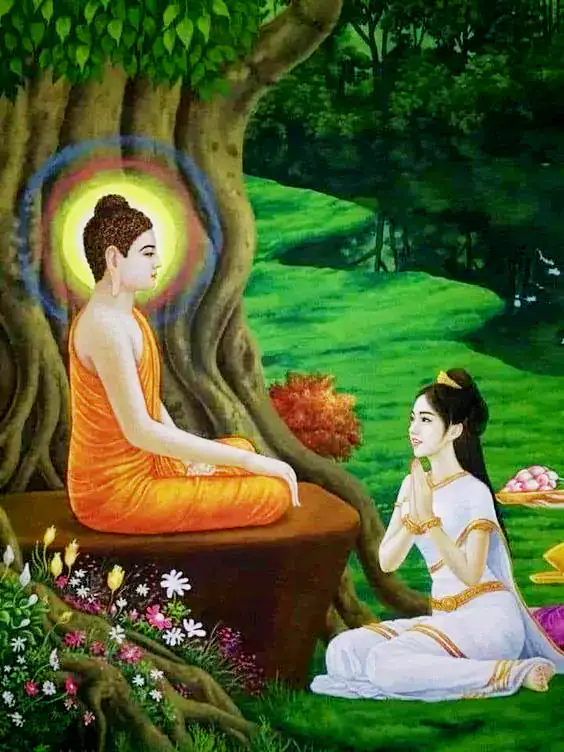
-
Save
Her Existence as Sujātā, Wife of The Householder of Bārāṇasī
Sujātā was reborn either in the deva-world or the human world for a hundred thousand world-cycle. Some time before the appearance of the Buddha Gotama, she was reborn as the daughter of the chieftain of the town Senāni, near the Uruvelā forest. When she came of age, she went to the banyan tree which was near her town and after making an offering to its guardian spirit, she vowed that if she should be married to a bridegroom of equal social status (of the same clan) and if she bore a boy as her first child, she would make offering to the guardian spirit yearly. Her wish was fulfilled.
(Sujātā was married to the son of the Rich Man of Bārāṇasī and her first child was a boy whom was named Yasa. She kept her vow and made annual offerings to the guardian spirit of the banyan tree. After making these annual offering at the banyan tree for years, on the day the Buddha was to attain Perfect Enlightenment, Sujātā went to make her annual offering to the guardian spirit of the banyan tree.)
(On the full moon day in the month of Vesak, after six years of self-tormenting practice in search of the Truth, the Buddha attained Perfect Enlightenment)
On that very precious day, Sujātā rose early that morning to make an early offering at the banyan tree. On that day, the young calves, somehow did not go near their mothers for milk. When the house-maids of Sujātā brought the vessels to draw milk from the cows, the nipples of the cows automatically flowed freely with milk. On seeing the strange phenomenon, Sujātā herself collected the milk, put it in a new cooking vessel, kindled the fire and started cooking milk rice .
When the milk was being boiled, extra-large bubbles arose in a series and rotated in clockwise direction in the pot and not a drop of milk foam overflowed. The Mahā Brahmā held the white umbrella above the pot; the Four Great Guardian Devas of the World guarded the pot with their royal swords in hand; Sakka attended to the fire which boiled the milk; devas brought various nutrients from the four Island Continents and put them into the pot. In these ways, the celestial beings joined in the effort of Sujātā in preparing the milkrice.
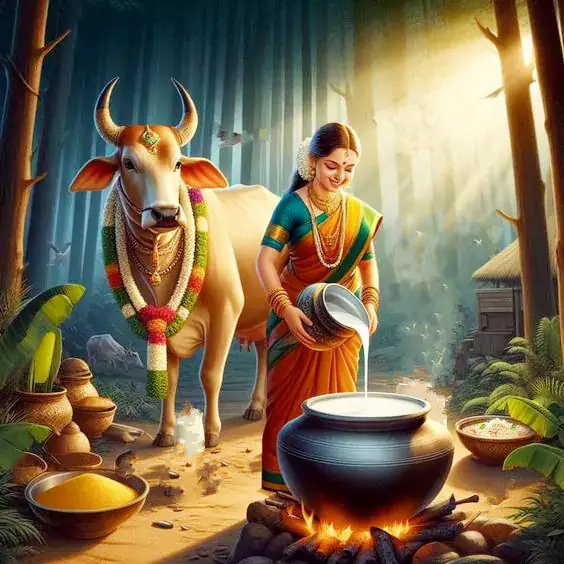
-
Save
It is worth knowing how Sujata, the noble lady of Senani, prepared the special Kiripindu meal (Milk rice) that the bodhisattva consumed before his enlightenment. It is mentioned in ‘Pujavaliya’ as follows;
……. At that time, there was one young lady called ‘Sujata’ who was the daughter of the chief merchant of Senani in Uruwela. When she was in her early youth, she went to one big banyan tree named ‘Ajapala’ near the Neranjara river and made so many offerings to the tree by assuming that there is a deva dwelling in the tree. Offering food and drinks with fragrant flowers in the name of the tree-god she made a wish like this:
‘May the God, who dwells in this tree, rejoice in all my offerings and grant me to have a suitable, loving husband in marriage and a son in my first Conception. If my wishes come true, I will continue making a milk rice offering each year that’s worth one hundred thousand golden coins’
As time passed, she got married to the chief merchant in Banaras and also gave birth to a son called ‘Yasa’. As her wishes came true, upon her vow that she made, she continued offering milk rice to the deva who dwelled in the Ajapala banyan tree every year.
After many years, there came the day where the greatest thing in the world was to take place. It was the Vesak full moon day- the day that our bodhisattva was to attain enlightenment under the Asatu Bodhi tree in Bodhgaya, as his merit had already been ripened to attain the Buddhahood. It was also the day that our bodhisattva completed six years of severe austerity. Hence, it was, indeed, an auspicious day in every aspect.
On that very day, Sujata thought to offer her one hundred thousand worth milk rice offering to the deva who dwells in the banyan tree. She first selected a thousand thoroughbred cows and let them be fed in the forest with creepers called Valmi, whereby the milk would be much sweeter. Then she milked a thousand milk buckets from those thousand cows and fed that milk to five hundred chosen thoroughbred cows. Then again, she milked five hundred buckets of milk from those five hundred cows and fed that milk to two hundred and fifty chosen thoroughbred cows. Again, she milked two hundred and fifty pots of milk and fed them all to one hundred and twenty-five chosen thoroughbred cows. Then again, she milked one hundred and twenty-five buckets of milk from those one hundred and twenty-five cows and fed that milk to sixty-four chosen thoroughbred cows. She milked sixty-four buckets of milk from those sixty-four cows and fed that milk to thirty-two chosen thoroughbred cows. She milked thirty-two buckets of milk from those thirty-two cows and fed that milk to sixteen chosen thoroughbred cows. She milked sixteen buckets of milk from sixteen cows and fed that milk to eight chosen thoroughbred cows.
She did all of these in a great effort just to get the sweetest and most nourishing milk in order to prepare her one hundred thousand worth delicious milk rice. On the day she was about to prepare the milk rice, she fed that precious milk to those eight chosen thoroughbred cows and let them be free in the herd. From that moment, many amazing things started to happen. Even though the calves were totally free to go to their moms and drink milk, no calve drank milk nor did they touch or lick a single nipple. As soon as the servants kept golden pots under their nipples before milking, the nipples themselves started to give milk without human interference. By seeing all this amazement, Sujata was so happy. She took the golden pots of milk and poured them into one big golden pot and kept it on fire. The fire made for cooking the milk rice was also very special. It was not an ordinary fire made of common firewood, but rather, was a special fragrant fire made of many kinds of fragrant firewood, such as sandalwood, devadara, and camphorwood.
When the rice started to boil, there appeared bubbles on the surface, and they started circling right over the top of the pot. Not even a single drop fell out of the pot. No smoke could be seen there at all.
Then came the four divine kings named Dhatarāṣṭha, Virūḍha, Virūpākkha, and Vaiśravaṇa, who reigned in the four directions and took guard in the four directions around the boiling pot. God Sakka disguised himself as the chief cook and took care of fire and other conditions to make sure that the milk rice cooked well and everything is under good condition. The Great Brahma came and kept holding a white parasol over the pot. All devas from ten thousand heavenly worlds came with various divine nutrients and sweeteners and poured them into the boiling pot. They, by using their supernormal power, mixed them well with boiling rice, thereby giving the utmost greatness to the texture of the milk rice.
By witnessing all of these amazements with a joyful heart, Sujata asked one of her servant girls, Punna, to go to the Banyan tree and clear up around before she arrived. Once Punna rushed there, she saw the bodhisatta, who was sitting under the banyan tree, glowing like a golden statue. Soon as she saw the bodhisatta assuming that he was the tree-deva, she ran to her mistress and told her everything what she has seen.
By hearing this, overwhelmed by happiness, Sujata bestowed the girl Punna immediately with the position of her elder daughter and gifted her many precious jewelries and cloths. Then she took one beautifully engraved golden bowl that was worth one hundred thousand gold coins. She, with the help of Punna, poured divinely delicious and fragrant milk rice into that golden bowl and closed it with another precious golden lid worth one hundred thousand gold coins. Sujata bathed herself, adorned herself with beautiful jewelry, and dressed up like a goddess. She herself took the golden bowl filled with delicious milk rice onto her head, took a golden vessel filled with fragrant water on her other hand and with Punna, she went to the Nigrodha banyan tree. From a distance, she could notice that her deva has come down from the tree and is waiting for her arrival.
By seeing this, she became thrilled and felt much love towards her deva (the Bodhisatta). With much love and respect, she slowly reached the Bodhisatta, who was sitting under the banyan tree, and got ready to offer her milk rice. She was still thinking that it was her deva who helped her to have a good marriage and a lovely son. So, she, with a heart full of gratitude, was ready to offer the golden pot of milk rice. She could not identify the bodhisatta or could think at least that this was not a deva but was a human. So, she paid all her respect towards the bodhisatta assuming it was a highly powerful deva. At that moment, expecting to have water, the bodhisatta stretched out his right hand. But instead of offering water, Sujata soon offered her precious milk rice to the bodhisatta. And soon after offering milk rice, overjoyed by happiness, she spoke aloud and wished like this:
“My Lord, just like my wishes came true, so too, may all your aspirations come true. Please accept this milk rice inside this golden bowl and please consume it all wherever you wish.”
After worshiping the feet of the bodhisatta, she again and again bowed her head in veneration, paid much respect. She walked backwards while gazing at the bodhisatta, and once she came to the distance where she no longer could see him, turned back and returned to her home.
It is not by an accident that she happened to offer this precious milk rice to the bodhisatta, who was just about to attain enlightenment and become the Supreme Buddha on that very day, but it was because of a great determination that she had made in the presence of Supreme Buddha Piyamathura many eons ago. From the day she made that determination, she kept practicing generosity in many Buddha’s dispensations and was not reborn in any bad destinations by the power of her merit. And finally, in this life, she was born into a very wealthy family, got married to the wealthy merchant of Benares, and had ‘Yasa’ as her son, who later became one of the first sixty arahants in Gautama Buddha’s dispensation. Not only that, she was also the first female lay disciple to take refuge in the Buddha, Dhamma, and Sangha—the Triple Gem—in Gautama Buddha’s dispensation and attained the fruit of stream entry.
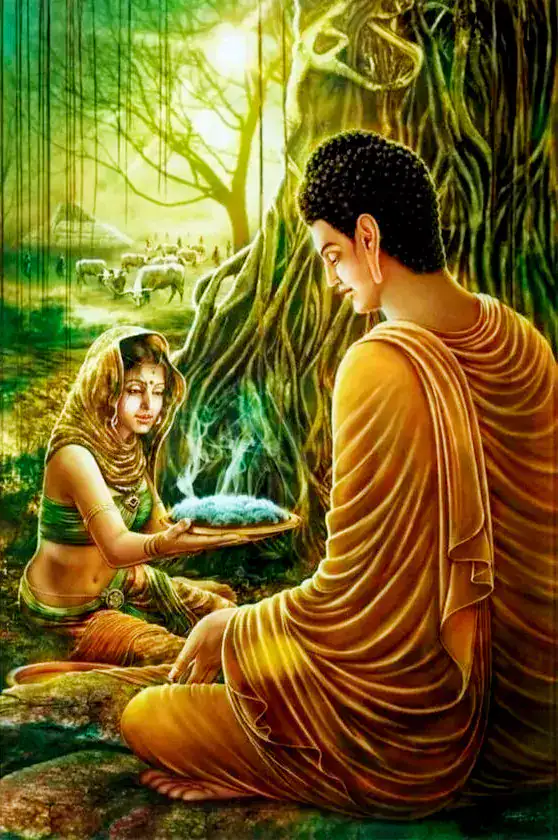
-
Save
The Bodhisatta went to the Nerañjarā river, put down the golden vessel of milk-rice on its bank and bathed in the river. Then, coming out of the river, he ate the milk-rice in forty-nine morsel. After which, he placed the empty gold vessel on the Nerañjarā river. It floated against the river current and then sank. He then went to the foot of the ‘Tree of Enlightenment’ (Bodhi tree).
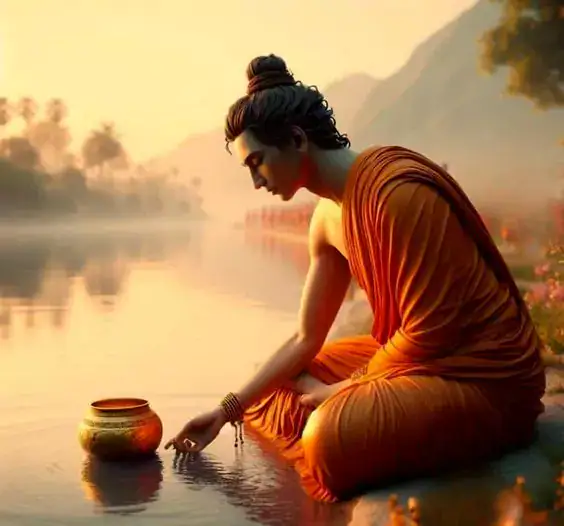
-
Save
The Bodhisatta attained Perfect Self-Enlightenment and remained there for seven weeks; each week at seven locations at and around the Tree of Enlightenment. At the end of forty-nine days (during which the Buddha dwelled in the attainment of Cessation), He went to Isipatana Migadāvana forest where He set the Wheel of Dhamma rolling by expounding the Dhamma to the Group of Five ascetics. Then He saw the ripeness of the past merit of Yasa, the son of Sujātā, wife of the householder of Bārāṇasī and He waited for him by sitting underneath a tree.
Yasa had grown weary of sensuous pleasure after seeing the unsightly spectacle in his harem (past midnight).
“O, how woeful are these sentient beings with their mind and body being oppressed by all sorts of defilements! O, how terribly they are being tormented by defilements!”
Yasa murmured and left his home in sheer disgust with life.
On leaving the town, he met the Buddha and after listening to His discourse, he gained penetrative knowledge of the Truth and became established in the Fruition of Stream-Entry Knowledge.
Yasa’s father traced his son’s whereabouts almost behind his heels. He went and asked the Buddha whether his son came that way. The Buddha, by His power, hid Yasa from his father’s vision and preached a discourse to his father. At the end of which, Yasa’s father attained Stream-Entry Knowledge and Yasa, arahatship. Then, the Buddha made Yasa a bhikkhu by calling him up: “Come, bhikkhu….” (ehi bhikkhu ordination) and Yasa’s appearance instantly changed into that of a bhikkhu, complete with alms-bowl, robes and essential items for bhikkhu use. These were all mind-made by the Buddha’s power.
Yasa’s father invited the Buddha to his home the next day for an offering of alms-food. The Buddha went, accompanied by the Venerable Yasa. After the meal, He preached a discourse, at the end of which, the Venerable Yasa’s mother, Sujātā, and his erstwhile wife were established in the Fruition of Stream-Entry Knowledge. On the same day, they were established in the Three Refuges.
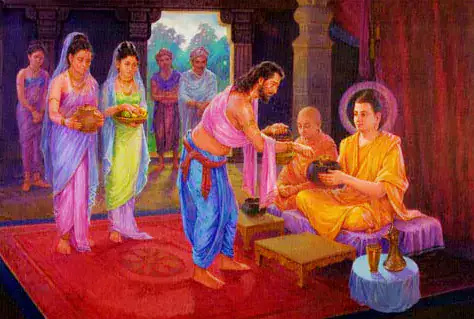
-
Save
Sujātā was named The Foremost Female Lay Disciple
On one occasion, while the Buddha was naming foremost female lay-disciples, He declared:
“Bhikkhus, among My female lay-disciples who were the earliest to get established in the Refuges, Sujātā, daughter of Seniya the householder, is the foremost.”
(From the book : The Great Chronicle of Buddhas | by Ven. Mingun Sayadaw)
